Weekend Getaway: Oysters + Cheese {Marin, Part 2}featured
We are now entering the cheese portion of this eating excursion. Get excited. Because you’ll notice on your drive up through Marin County that this is indeed cow country.
The Point Reyes peninsula has a long and tasty history of artisan cheesemaking. During the Gold Rush, European immigrants built dairies here to supply butter and cheese to gold miners in San Francisco. The peninsula became known as “cow heaven” and from the looks of it, not much has changed.
Just as the nutrient rich and pristine waters of Tomales Bay play an integral role in creating oysters that burst with briny, buttery sweetness, the salty Pacific breezes, cooling coastal fog, and abundant grasslands make this area prime for producing some of the best cheeses in the country. In fact, a whopping 22,000 acres of land in Marin and Sonoma are dedicated to making cheese and milk products.
700 of those acres belong to the Giacomini Family Dairy, a.k.a. the Point Reyes Farmstead Cheese Company, maker of one of my favorite cheeses of all time, the Point Reyes Original Blue. We arrived at the farm, and proceeded up the driveway. An unassuming, curving dirt path, we wound around and rumbled uphill, and then, as we broke the crest of the hill, the most picturesque sight greeted us. I can only describe it as a sweeping panorama of pastoral bliss. Rolling, lush, green hills, a calm pool of water, hundreds of beautiful Holstein cows lazing in the sun, grazing, gossiping about the new bull in town, you know, doing stuff happy cows do. It was cow paradise.
THE FARM
The Giacomini family founded Point Reyes Farmstead Cheese Company in 2000 when they produced the first batch of Original Blue, but their history of farmstead dairy products began over 100 years ago in the mountains of Italy. Bob Giacomini brought his family’s business to Point Reyes in 1959 when he first began milking cows on their dairy farm. Today, together with his wife Dean and four daughters — Karen, Diana, Lynn, and Jill — the family has created a business that is nothing short of inspirational.
The family’s dedication to land stewardship is apparent everywhere. All the land on the farm became certified organic in 2006, so they don’t spray any of the indigenous and rye grasses on the property that the cows graze on. There is also a methane digester that converts all the methane gas from the manure into reusable energy that powers the dairy and cheese plant operations. The waste water gets repurposed in the farm’s irrigation system, and the remaining waste is sold as fertilizer.
“Cows are great because they give us milk and they give us poop. We use all of it.”
– Bob Giacomini, Point Reyes Farmstead Cheese Company
Point Reyes Cheese is a true farmstead cheese producer, meaning they only use Grade A milk from the family’s herd of cows raised from birth right on the property where the cheese is made. This means they have complete control over its quality from start to finish.
About 300 Holstein cows make up the farm’s closed herd. Each one is carefully monitored to ensure that her milk is of the highest possible quality. The cows are milked twice every day, 365 days a year, once at 2 a.m. and again at 2 p.m. Each time, the cow’s individual ID number is entered into a data system that tracks how much milk was produced. At a cow’s peak, she can give 130 pounds of milk per day (damn, gurl!).
It takes ten pounds of cow’s milk to make one pound of cheese. Because everything is located on site — the raw milk is pumped directly from the milking barn to the cheese production facility a stone’s throw away — the cheese is made within hours of the milking. Can’t really get fresher than that.
I had my hopes up for seeing a live birthing of a calf while we were on the farm, with so many cows it’s likely that on any given day either a birth is about to happen or has happened recently. Sadly, no dice. That would have been magical. And probably messy. But mostly magical.
We did however, see many pregnant cows. Scary huge, uncomfortably large, pregnant cows. We learned that the gestation period of a cow is nine months, just like humans. Unlike humans though, 60 days after birthing, the cows are purposely impregnated again. (I don’t know many women who would be cool with that.) Interestingly, about 85% of the cows are artificially inseminated. A mating system is used to select a bull that best matches each cow to jive with their strengths and balance out weaknesses. They consider everything from physical attributes to personality. I can see it now:
“Good natured Bessie, big brown eyes, seeks a strong Mister with strong legs and feet, and straight lines. Love of moonlit grazes and sunsets by the bay a plus.”
THE TASTING
After our farm tour, we headed to The Fork, the education/entertaining space on the property, where we got to savor the final product of everything we had seen. Awaiting us was a wine/beer and cheese tasting featuring goodies from local producers:
Cheeses (starting at 12:00 position in the photo above):
- Bellwether Farms, Whole Jersey Milk Ricotta
- Bellwether Farms, Crescenza
- Redwood Hill Farm, Crottin
- Redwood Hill Farm, Brick Feta
- Nicasio Valley Cheese Company, Nicasio Square
- Nicasio Valley Cheese Company, Nicasio Reserve
- Marin French, Rouge et Noir Triple Crème Brie
- Marin French, Schloss
- Point Reyes, Toma
- Point Reyes, Original Blue
Wines/Beer:
- Kelleher Family Vineyard, 2010 Kelleher “Block 21” Sauvignon Blanc
- Navarro Vineyards, 2009 Pinot Noir, Deep End Blend
- Lagunitas Brewing Company, Hop Stoopid Ale
- Premium Port Wines / Dow’s Port, 20 Year Tawny
I was already all too familiar with Bellwether’s Whole Jersey Milk Ricotta. It puts all other fresh cheese to shame. This ricotta could be its own dessert course with honey and nuts and it would be magnificent.
Redwood Hill’s Crottin was sexy, creamy, and thick. It coated my entire mouth and had a robust herbaceous flavor. It paired well with the sweet citrus of the Sauvignon Blanc.
Nicasio’s Reserve was easy to like, a mild, classic Swiss-Italian mountain cheese.
Marin French is the oldest cheese manufacturer in the US, producing hand-crafted artisan soft-ripened cheese since 1865. They still make their cheeses “ridiculously by hand” as Suzanne Reifers, their National Sales & Marketing Manager says. It’s true, I saw it for myself.
Their Triple Crème Brie is unbelievably creamy, as it should be with a 75-80% butterfat composition. Someone quipped,
“It’s a cheese that actually makes bad Chardonnay taste okay.”
The selections from Point Reyes were my two of my favorites on the plate, and that’s not even because I just spent the day with the cows who were responsible for them. The Toma, aged 3 months, was like a combination of Gouda and Havarti. Buttery with a slight tang at the end, versatile, friendly, simple. An everyday cheese. It also melts beautifully – this would make a killer grilled cheese.
The Original Blue never disappoints. Aged 5 to 6 months, it’s complex. Sweet, salty, bold, creamy. It has character. I adored this with the Port, but it also worked well with the Riesling. This is my go-to blue. I love gobbing it on salads. It is perfection with pears and pecans. If I had a burger right now, this is what would be on it.
As for the wine, Navarro Vineyard’s 2009 Pinot Noir, Deep End Blend was a lovely discovery, tinged with vanilla, cloves, and black cherries. The grapes are grown in the northwest end of the valley, where the fog valley tends to cool. 120 sheep regularly amble through the vineyards, mowing and fertilizing as they go.
The Hop Stoopid from Lagunitas was surprise out of the bunch. It played perfectly off of the Toma’s grassy notes. Hop Stoopid is, you guessed it, stupid hoppy, crazy malty. It’s made using hop essence (extracted with liquid CO2) which then crystalizes, forming a sticky syrup. Lagunitas’ VP of Marketing, Ron Lindenbusch aptly describes this ale as a cross between “pine tree, grapefruit, and a bag of weed.” Spot on.
THE COOK-OFF
You’d think that after a ten cheese tasting, we’d be done. But no, I came with a group of professionals. It was time to cook.
What do you get when you throw together 15 talented chefs, prime ingredients from the likes of Devils Gulch Ranch and Marin Sun Farms, and our very own kitchen stadium? Something like this…
To give credit where credit is due, the LA & SF Specialty team did some stellar heavy lifting, de-boning, braising, and prepping while we played with cows all day. But the guest chefs were pretty incredible — a blur of on the fly, collaborative cooking.
They let me shave some cheese over the salad. That was kind of them.
THE FEAST
To be honest, the rest was a blur. There was, of course, way too much food. There was liberal usage of cheese. Flowing wine. An abundance of laughter.
I did make sure to write down one dish that stunned me silent. Thomas Ricci, executive chef of The Village Bistro in San Jose, prepared a Moroccan style Lamb T-bone seasoned with harissa, orange zest, mint, cilantro, garlic, honey, red wine vinegar, EVOO, and blood orange juice. He served it with roasted cauliflower spiced with vadouvan, and a relish of prunes and apricots dressed with red wine vinegar and flecked with watercress, crumbles of Original Blue, and pine nuts. It was complex and exciting — a brilliant kaleidoscope of flavors, textures, spices, and aromas.
The other big news was the unveiling of Point Reyes’ new blue! As of yet unnamed (my vote goes to “Blue Suede”), the new blue totally steps out on its own. Unlike the Original Blue, which is made with raw milk and aged 5 to 6 months, the new blue is made with pasteurized milk and only aged 3 months. Most notably, it has pleasant crystalline granules in it, like aged Parmigiano. Look out for this new baby!
TIPS & EVENTS
Whew! If you made it to the end of this post, here is your reward. Tips on how to best enjoy cheese at home…and a peek at some awesome sounding events going on at The Fork at Point Reyes.
Cheese Tips from the Pros:
- The best way to store cheese is to wrap it in wax or butcher paper, then put it in the refrigerator vegetable crisper
- Cheese is best enjoyed at room temperature. Take it out of the refrigerator about an hour before serving and the flavor will really bloom.
- If you see mold on a fresh cheese like cottage cheese or a soft cheese, it’s best to throw it out. However, with a soft cheese (like Brie) or a harder cheese, you can feel comfortable cutting off the mold and eating the rest.
- Follow the Sonoma-Marin Cheese Trail (Yes! This is a thing! And sure to be way better than the Oregon Trail, on which you may or may not die of dysentery.).
Upcoming Events at The Fork at Point Reyes:
- Friday 4/20, Demo Class: Plats du Jour with the girl & the fig’s Sondra Bernstein & John Toulze
- Saturday 5/12, Demo Class: Italy in Spring with Delfina’s Craig Stoll
- Friday 6/1, Hands-On Class: Home Cheesemaking, Simple & Stretched Cheeses with chef instructor and cookbook author Mary Karlin
These classes are just the thing to plan that weekend getaway around!
The Fork at Point Reyes
14700 Highway 1
Point Reyes, CA 94956
(415) 663-8880
Tours by appointment


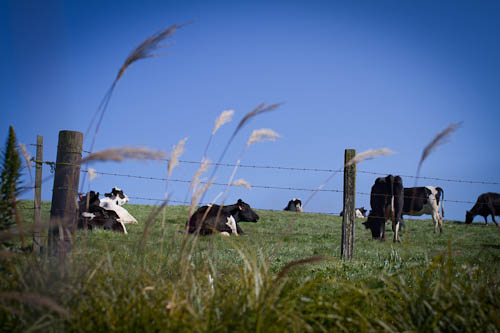
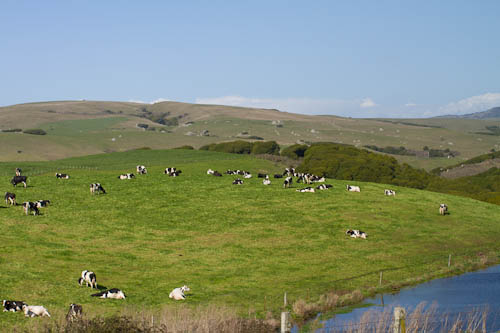
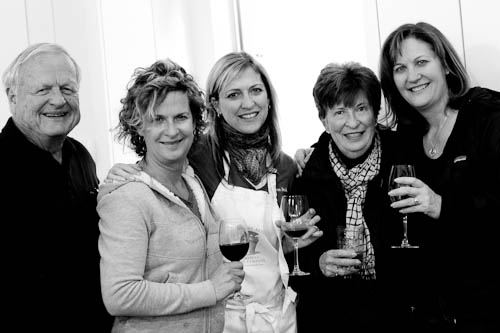
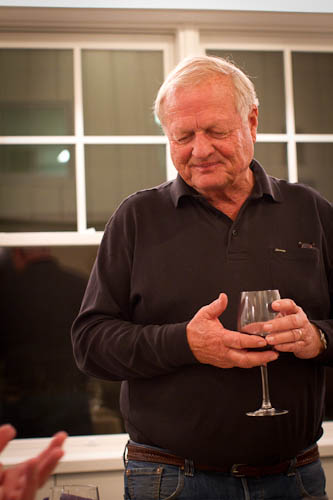

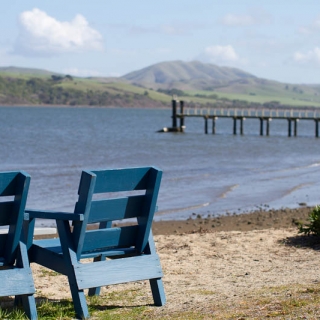
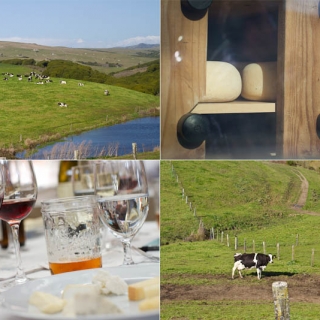

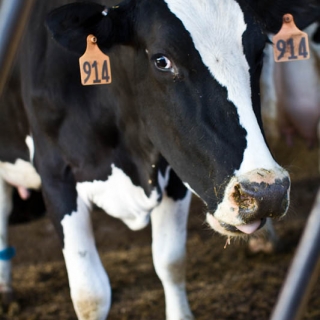
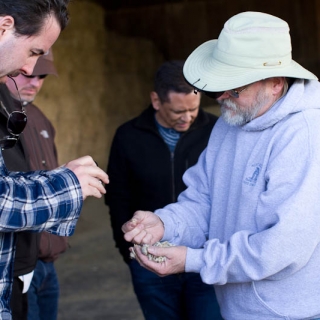
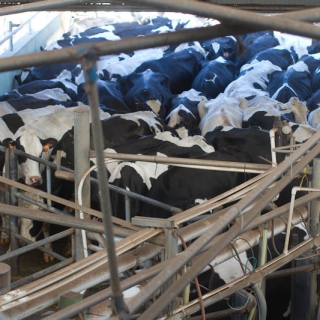
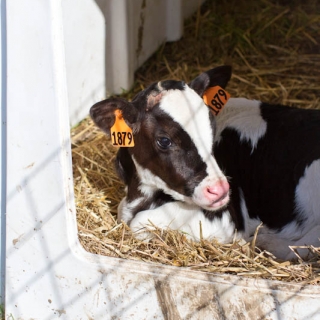
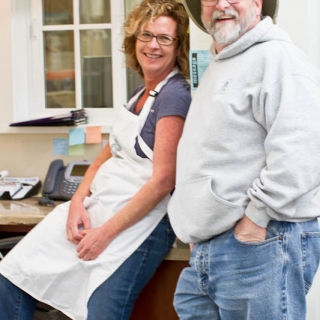
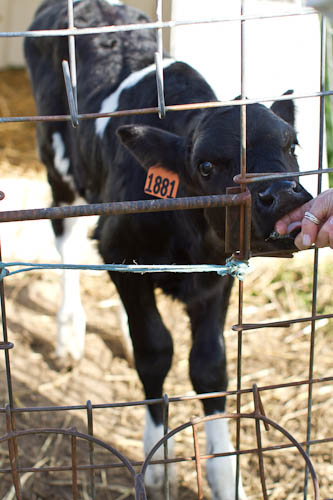
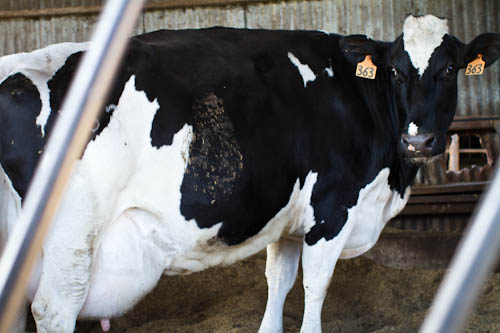
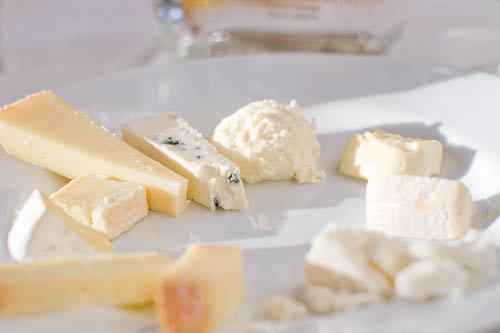

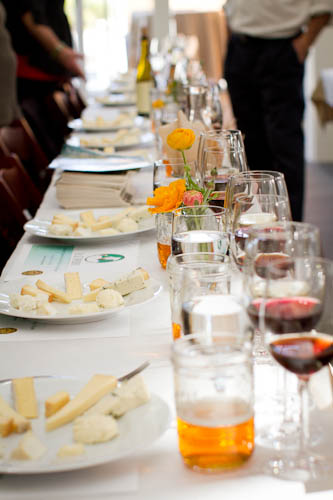
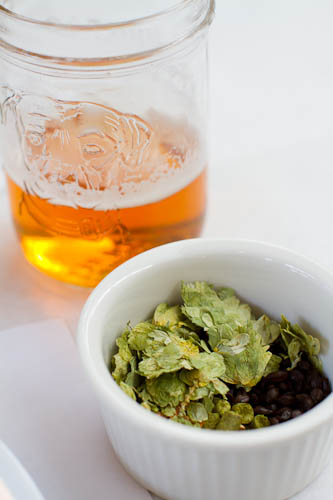
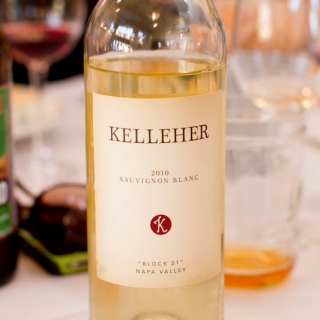
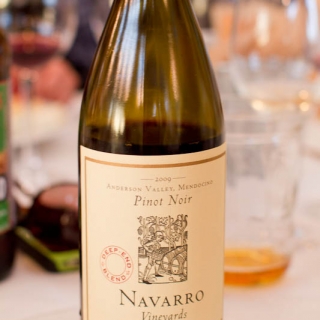



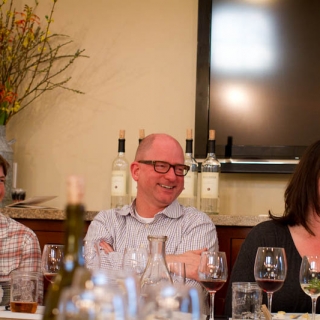
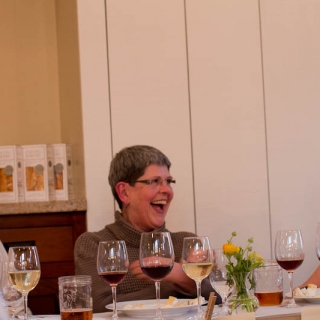
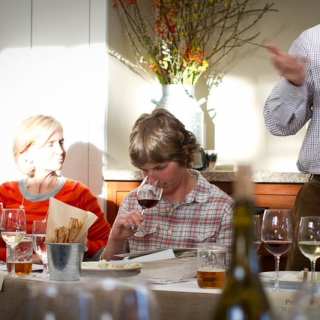

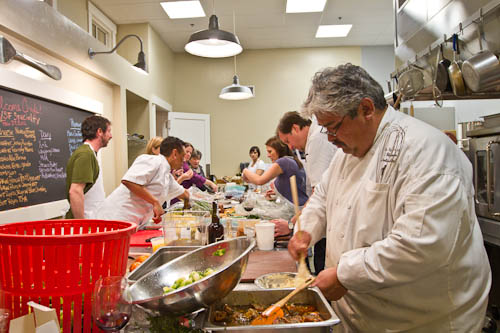
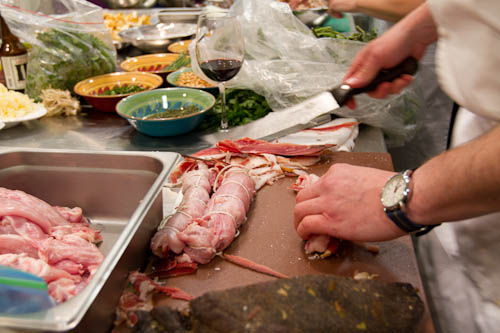
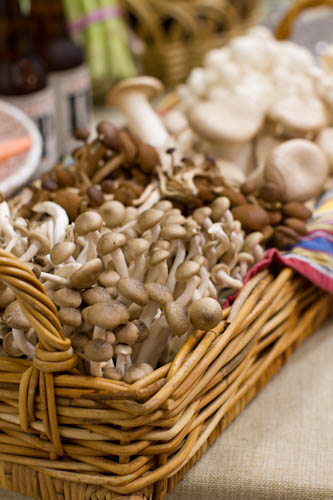
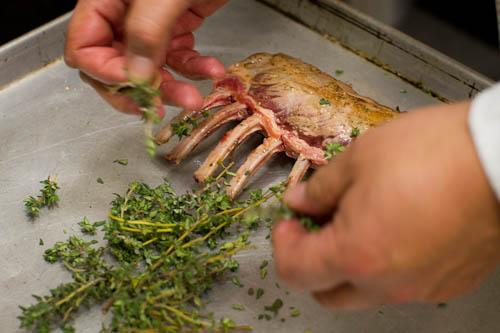
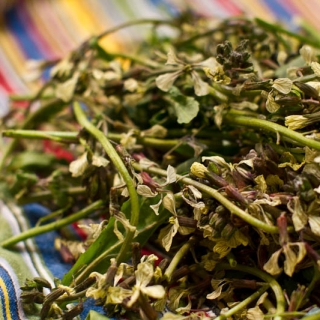
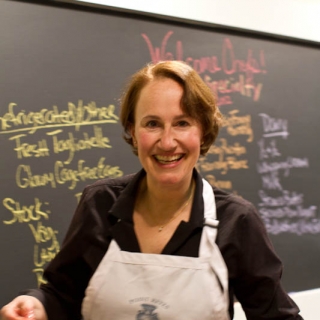
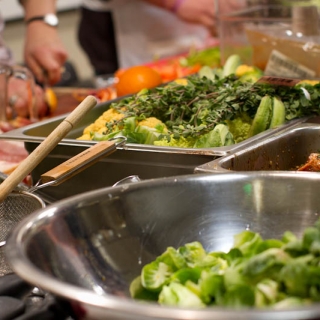
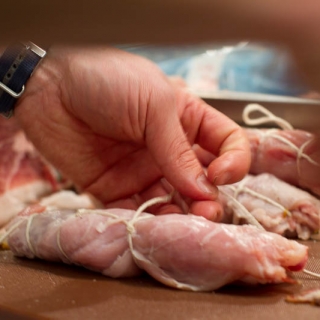


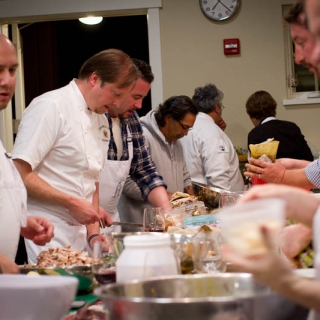
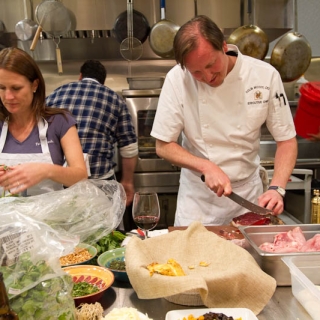
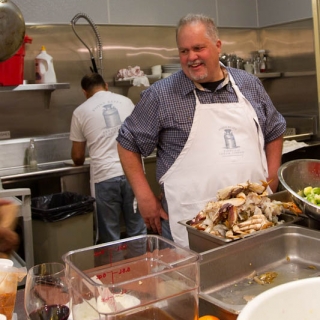

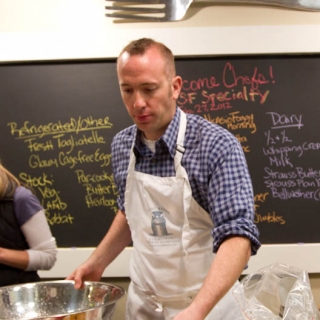
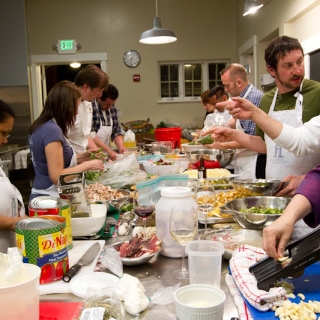
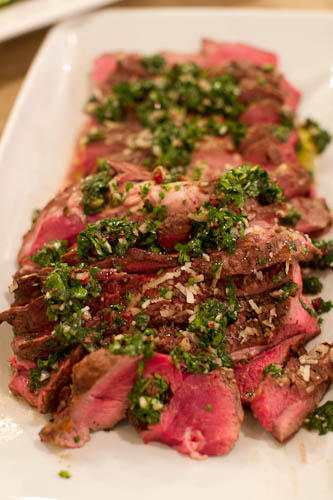
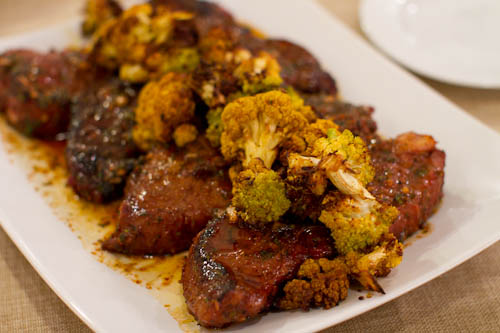

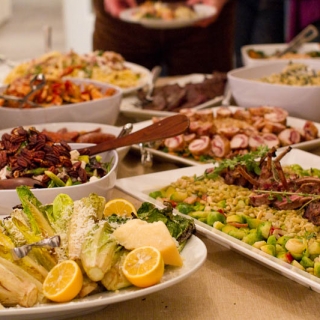
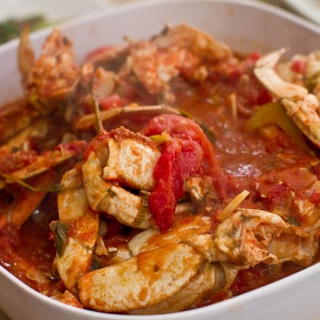
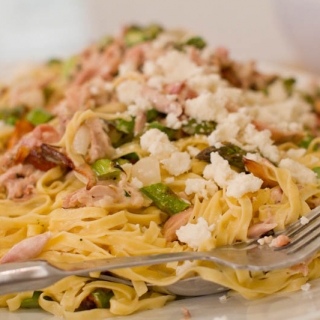
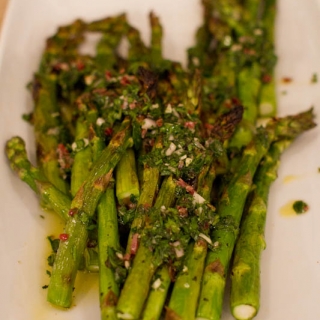
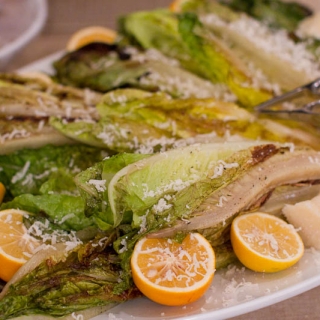
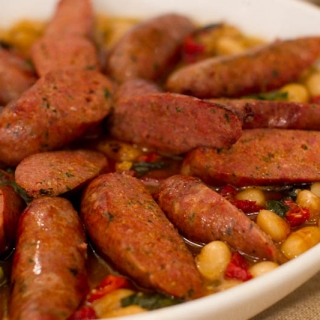
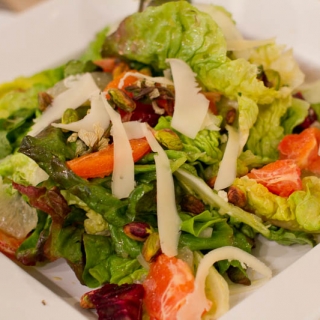
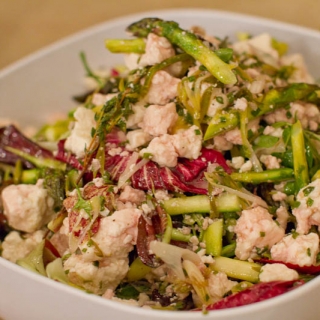


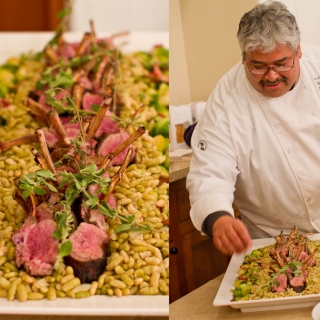
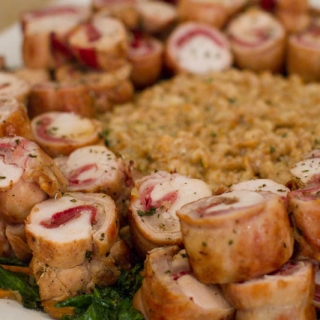

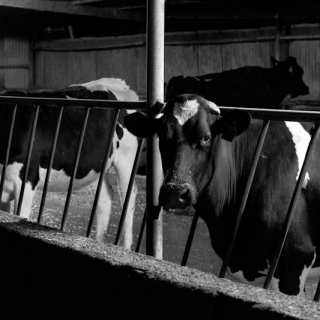
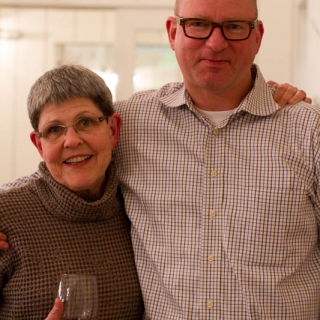
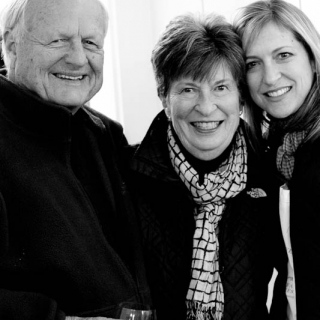
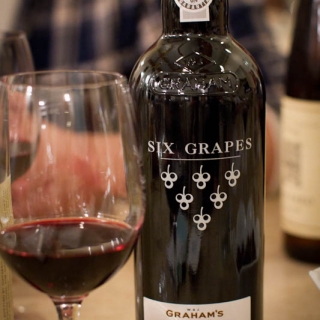
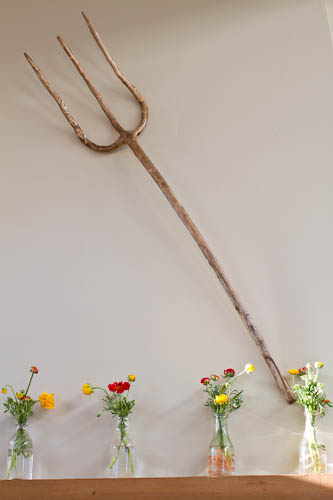
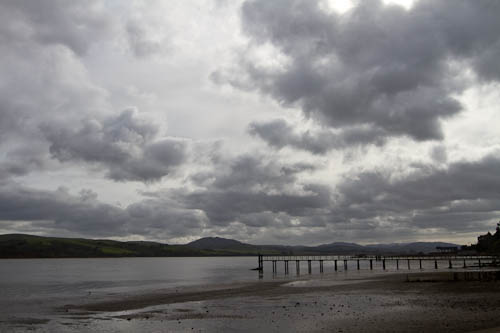

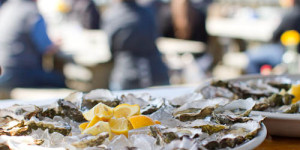
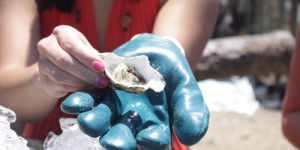
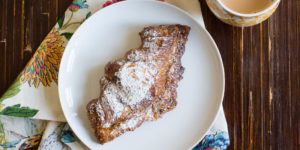

Add comment